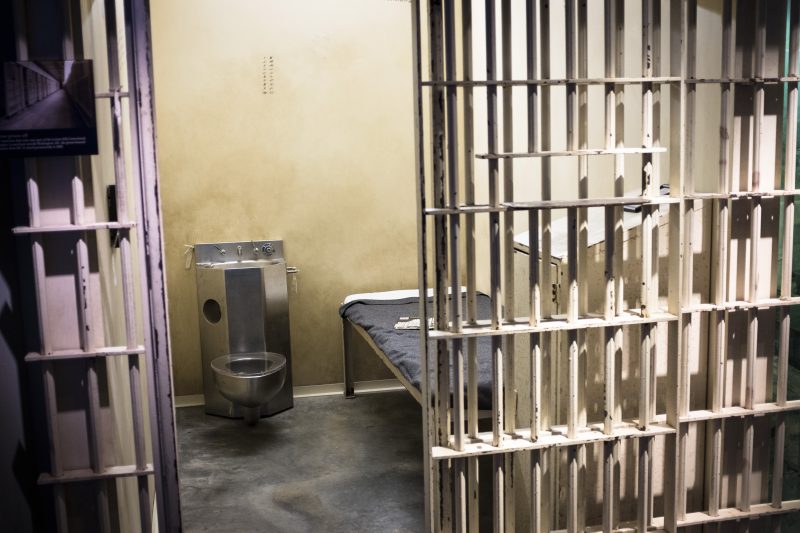The effects of the COVID-19 pandemic on crime rates in urban areas have been a topic of much discussion and speculation. Various factors such as economic downturn, social unrest, and changes in law enforcement practices have contributed to the fluctuations in crime trends since 2020. In particular, the impact of former President Donald Trump’s political rhetoric on crime perception and reporting has been a subject of debate among researchers and policy analysts.
While it is widely acknowledged that crime rates tend to fluctuate over time due to a variety of factors, including economic conditions, social policies, and changes in law enforcement strategies, the influence of political discourse on crime perception is a relatively understudied area. However, a growing body of research suggests that the inflammatory language used by politicians like Donald Trump can have a profound effect on public attitudes towards crime and law enforcement.
In the aftermath of the global pandemic and the social upheaval that followed, many cities experienced a surge in violent crime, particularly in marginalized communities where the socio-economic impacts of the crisis were most acutely felt. Against this backdrop, President Trump’s rhetoric, which often portrayed urban areas as hotbeds of criminal activity and lawlessness, may have exacerbated existing tensions and stigmatized already vulnerable populations.
Moreover, Trump’s vocal support for aggressive policing tactics and his calls for law and order in response to protests against racial injustice could have contributed to a climate of fear and mistrust between law enforcement agencies and the communities they serve. This, in turn, may have hindered efforts to build trust and collaboration between police and residents, exacerbating social divisions and hindering efforts to address the root causes of crime.
It is important to recognize that crime is a complex and multifaceted phenomenon that cannot be attributed to any single cause or factor. While political rhetoric can shape public perceptions and influence policy decisions, it is just one of many variables that must be considered in the analysis of crime trends. Moving forward, policymakers, law enforcement officials, and community leaders must work together to develop evidence-based strategies that address the underlying social, economic, and structural factors that contribute to crime and violence in our cities.
